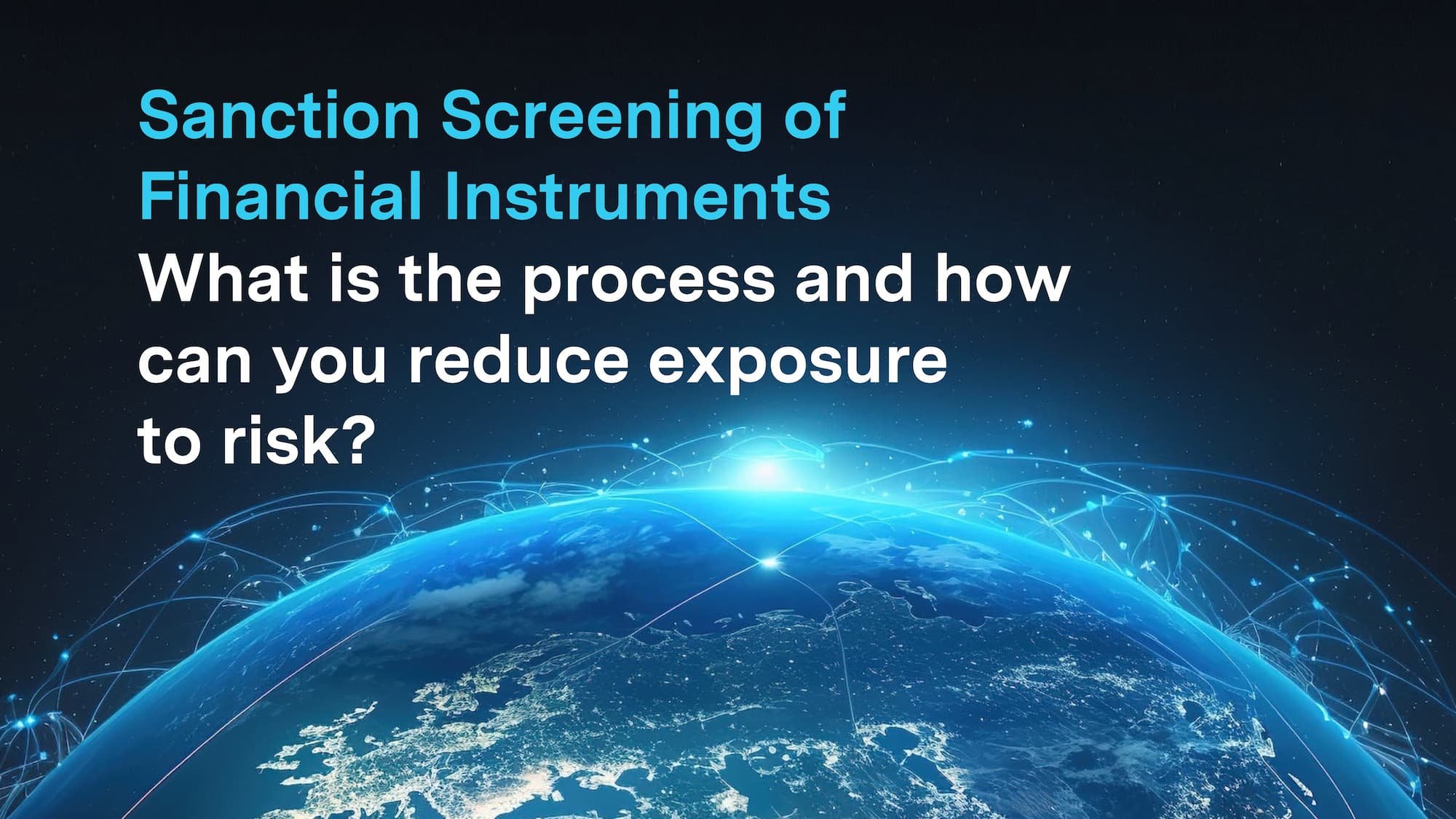
Insights
Explore expert insights on AI, Predictive Analytics, financial crime prevention and regulatory compliance. Our articles cover key topics including AML, KYC, sanctions screening, and emerging technologies - offering strategic perspectives, practical guidance, and thought leadership for organisations navigating an evolving risk and regulatory landscape with the help of the latest technology solutions.
Exploring the intersection of intelligence, regulation, and technology in a changing world.
Select Category
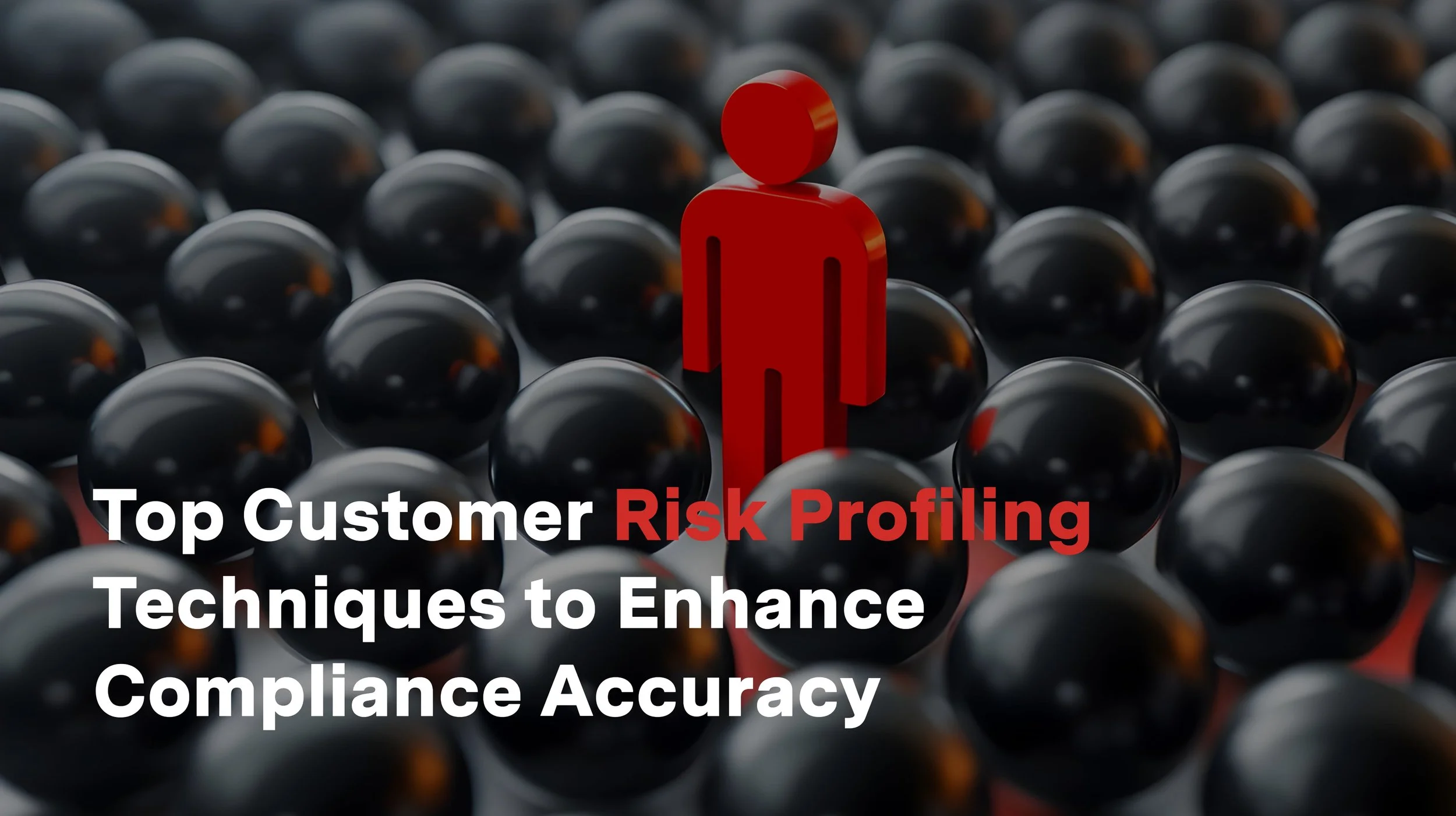
Top Customer Risk Profiling Techniques to Enhance Compliance Accuracy
Accurate customer risk profiling is essential for modern financial compliance. This expert guide explores key techniques like CDD, EDD, and AI-driven automation to help institutions identify high-risk customers, meet regulatory requirements, and proactively manage financial crime risk.

Expert Guide: AML Risk Scoring - How to Build a Smarter Compliance Framework
AML risk scoring is the foundation of a smart compliance framework. This expert guide breaks down how to build dynamic risk models, assess key risk factors, and leverage AI to detect financial crime faster and more accurately.

How Behavioural Analytics Detects Emerging Fraud Patterns Effectively
Behavioural analytics is reshaping fraud detection by analysing user behaviour in real-time to detect emerging threats. This article explores how AI, machine learning, and behavioural biometrics work together to reduce false positives, identify anomalies, and proactively prevent financial crime.

How LLMs Can Reduce the Burden on Compliance Teams
LLMs are reshaping the future of compliance. From automating document review to streamlining regulatory tracking, discover how these AI tools help compliance teams cut costs, improve accuracy, and stay agile in a fast-changing regulatory environment.

What Is a Large Language Model? And Why It Matters for Compliance Teams
Large Language Models (LLMs) are transforming compliance by making sense of the unstructured data that overwhelms traditional systems. This article explores how LLMs enable faster, smarter risk detection—automating document review, enhancing name and media screening, and supporting regulatory interpretation. As AI capabilities evolve, LLMs offer compliance teams a powerful tool to boost efficiency while maintaining oversight and integrity in high-stakes environments.

Best Practices for Real-Time Risk Profiling and Personalised Risk Scoring
In today’s volatile compliance landscape, static risk assessments fall short. Real-time profiling and personalised scoring enable organisations to evaluate customer risk as it evolves — leveraging behavioural data, transaction monitoring, and AI to identify threats before they escalate. This article unpacks how dynamic scoring frameworks empower smarter decisions, improve compliance, and protect organisational integrity in real time.
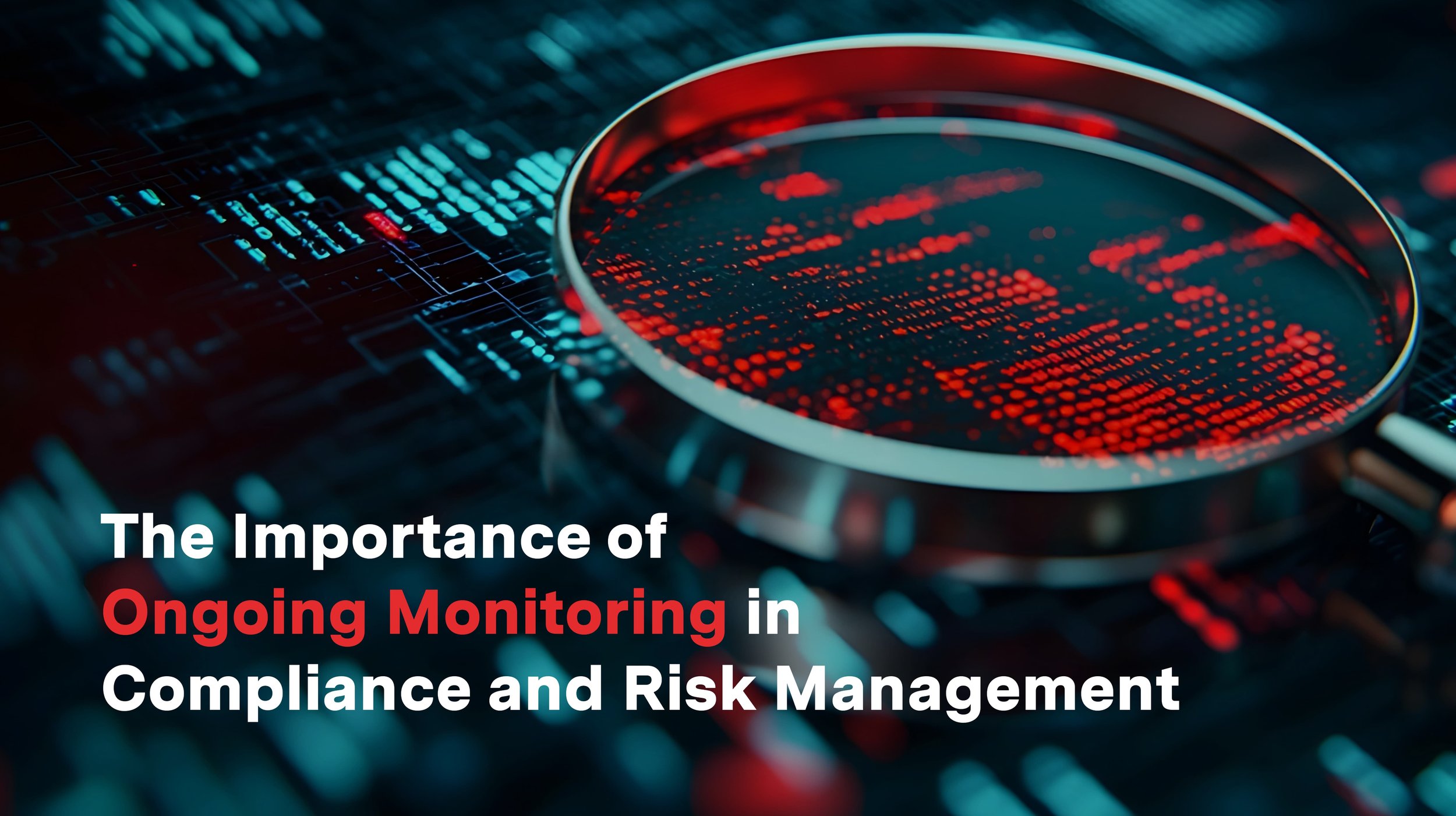
The Importance of Ongoing Monitoring in Compliance and Risk Management
Explore how ongoing monitoring fortifies compliance and risk management. Understand its role in AML and KYC, key components, and the impact of technology on proactive risk detection.
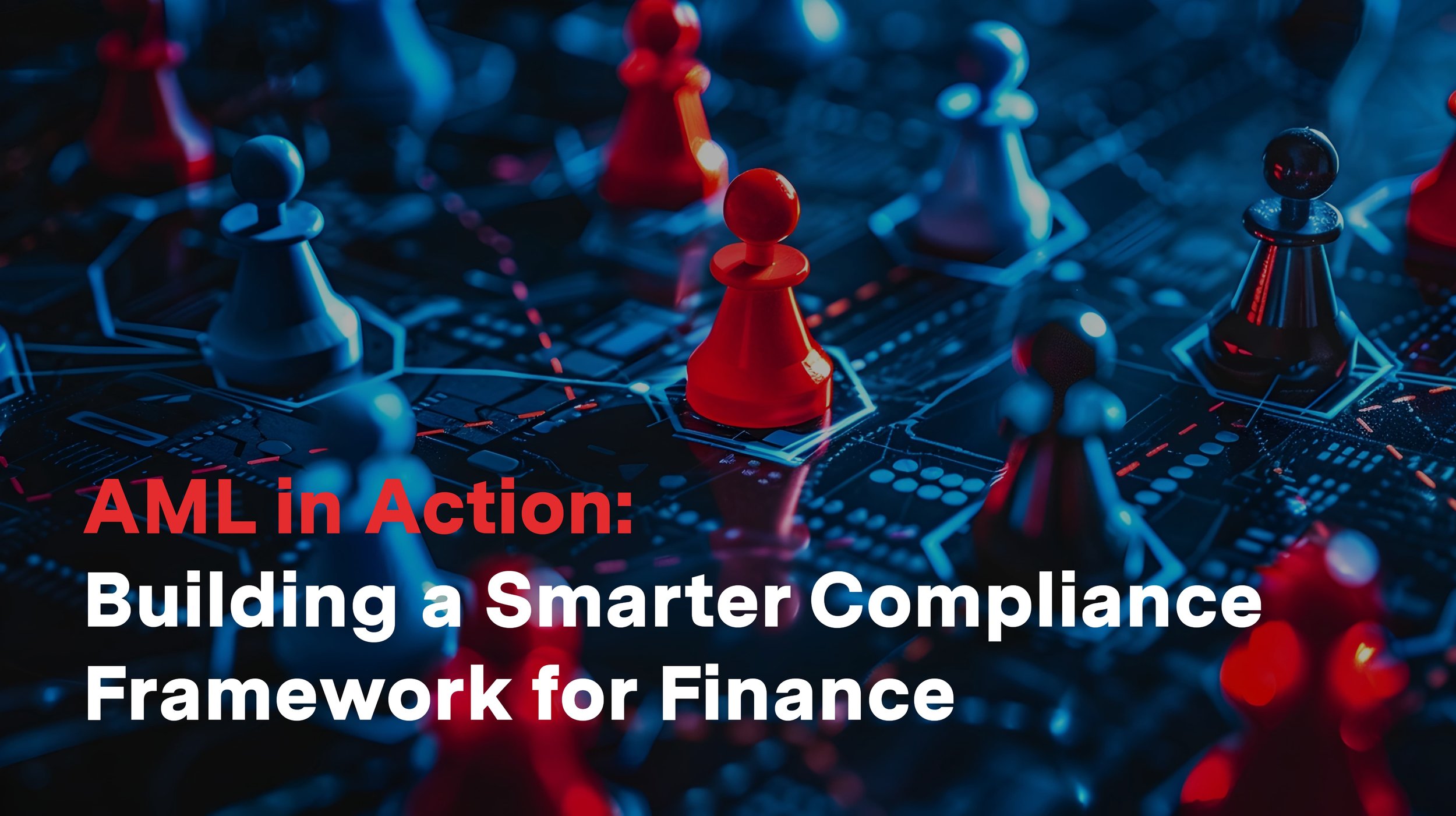
AML in Action: Building a Smarter Compliance Framework for Finance
Discover the critical role of money laundering checks in the financial industry. Understand best practices, compliance obligations, and how robust AML measures protect your institution from financial crime.

Business Rules vs Machine Learning: What Works Best in Compliance?
In today’s rapidly evolving regulatory environment, compliance teams face a critical choice: should they rely on traditional business rules or embrace machine learning? Business rules offer clarity and control, while machine learning provides adaptability and deep insight through data-driven decision-making. This article explores the pros and cons of each approach, outlines key compliance use cases, and shows how combining both can create a scalable, responsive compliance framework. Whether you're improving anti-money laundering (AML) systems or reducing false positives, understanding these technologies is essential for staying compliant and competitive.

How Behavioural Analysis Enhances Transaction Monitoring
Behavioural analysis is redefining transaction monitoring by detecting subtle anomalies in customer activity that rule-based systems often miss. By understanding behavioural patterns, financial institutions can dramatically improve fraud detection accuracy, reduce false positives, and build dynamic risk profiles. This article explores how AI-powered behavioural analysis strengthens AML efforts, enhances real-time monitoring, and supports compliance with evolving regulations like PSD2 and FATF guidance. Learn how leading banks are using it to proactively identify threats and improve operational efficiency.
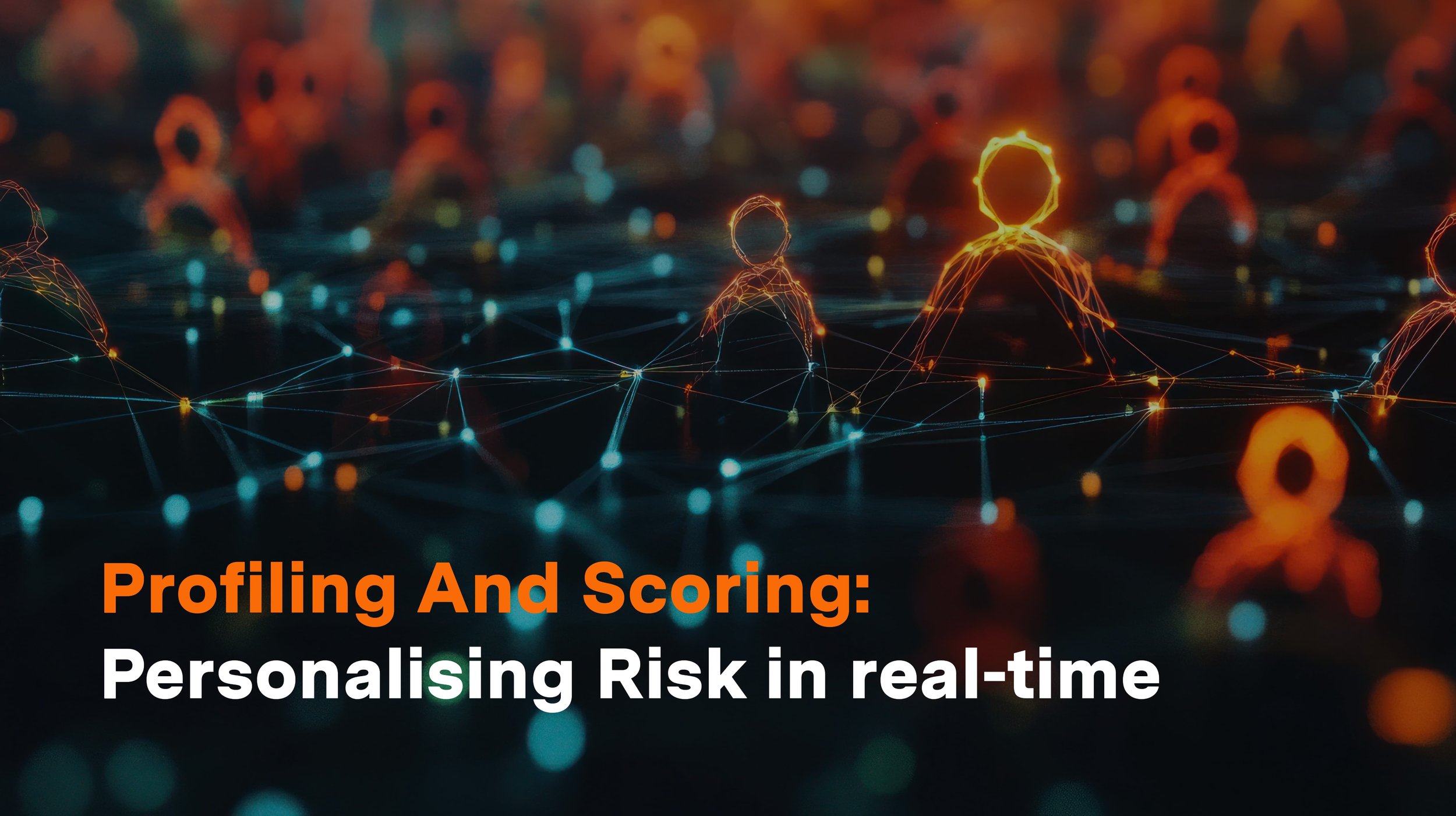
Profiling And Scoring: Personalising Risk in real-time
Real-time risk profiling and personalised scoring are transforming how financial institutions assess, manage, and respond to risk. By leveraging AI, behavioural analytics, and continuous transaction monitoring, organisations can shift from static models to dynamic, individualised risk assessments. This article explores the core elements of real-time profiling—customer behaviour, transaction patterns, and external factors—alongside the technologies driving these capabilities. Learn how to enhance compliance, reduce exposure to financial crime, and stay ahead of emerging threats with smarter, adaptive risk models.
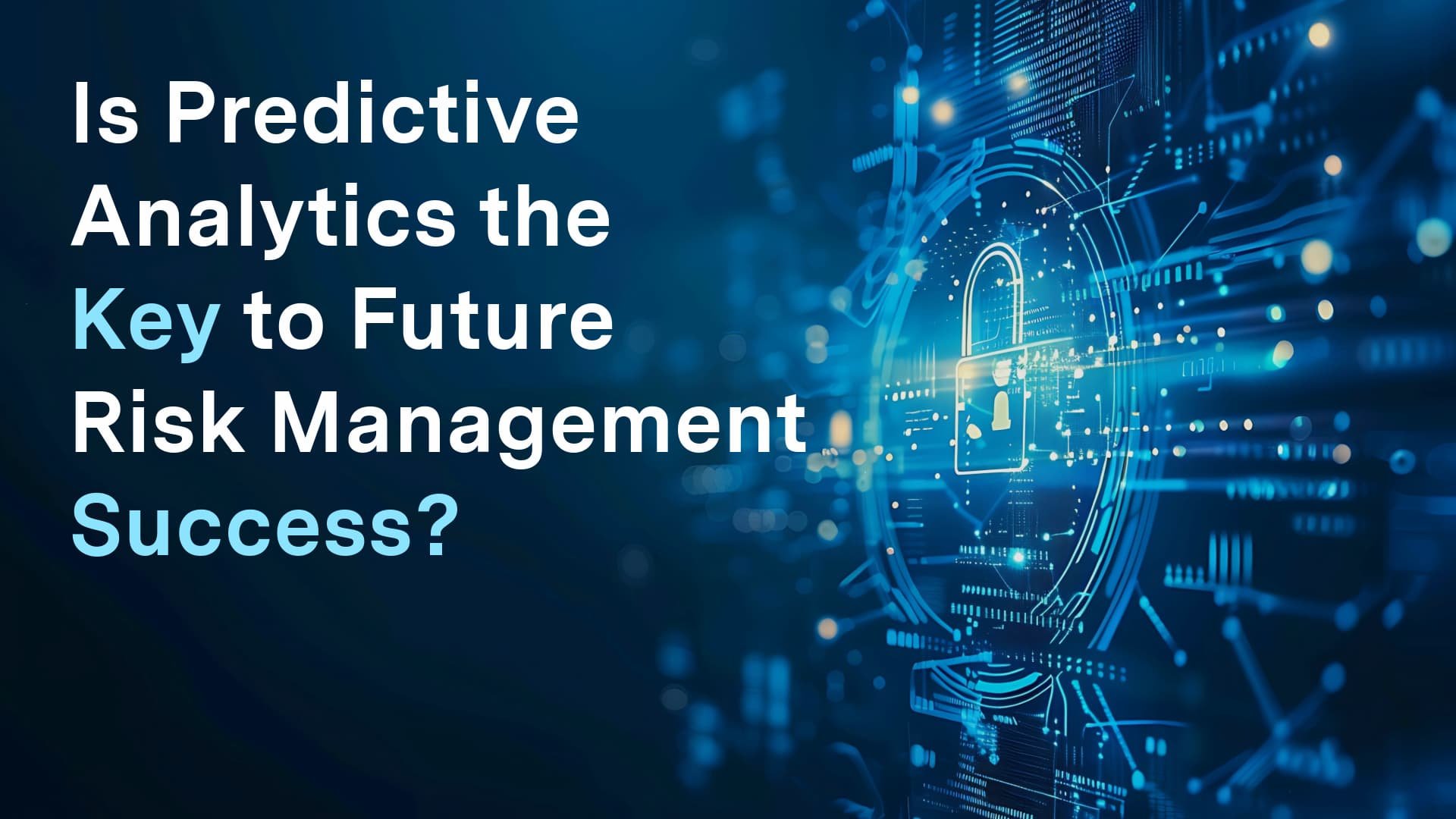
Is Predictive Analytics the Key to Future Risk Management Success?
In an unpredictable business landscape, traditional risk management frameworks can leave organisations vulnerable and unprepared. Predictive analytics transforms risk management into a proactive and adaptive strategy, leveraging advanced machine learning, real-time data, and natural language processing. This approach helps businesses detect emerging threats, optimise compliance, and achieve operational efficiency, keeping them one step ahead in a constantly evolving regulatory environment.

How Predictive Analytics Is Transforming Fraud Detection
Traditional fraud detection methods can no longer keep up with modern, adaptive fraud tactics. Predictive analytics offers a proactive solution, allowing businesses to detect fraud patterns in real time, reduce false positives, and safeguard valuable data. By harnessing machine learning and data-driven insights, companies can shift from reactive responses to efficient, preventative fraud detection, saving time, resources, and maintaining customer trust.

How can NLP help with KYC?
Traditional KYC methods miss subtle risks, but NLP uncovers hidden insights from unstructured data like social media and emails. Discover how NLP boosts compliance, enables real-time monitoring, and transforms risk detection to keep financial organizations secure.

Instant Payments – what are we sacrificing in order to meet service levels?
Exploring the risks and rewards of Instant Payments. In this article we delve into the challenges faced by compliance and risk professionals, balancing the need for speed with security.
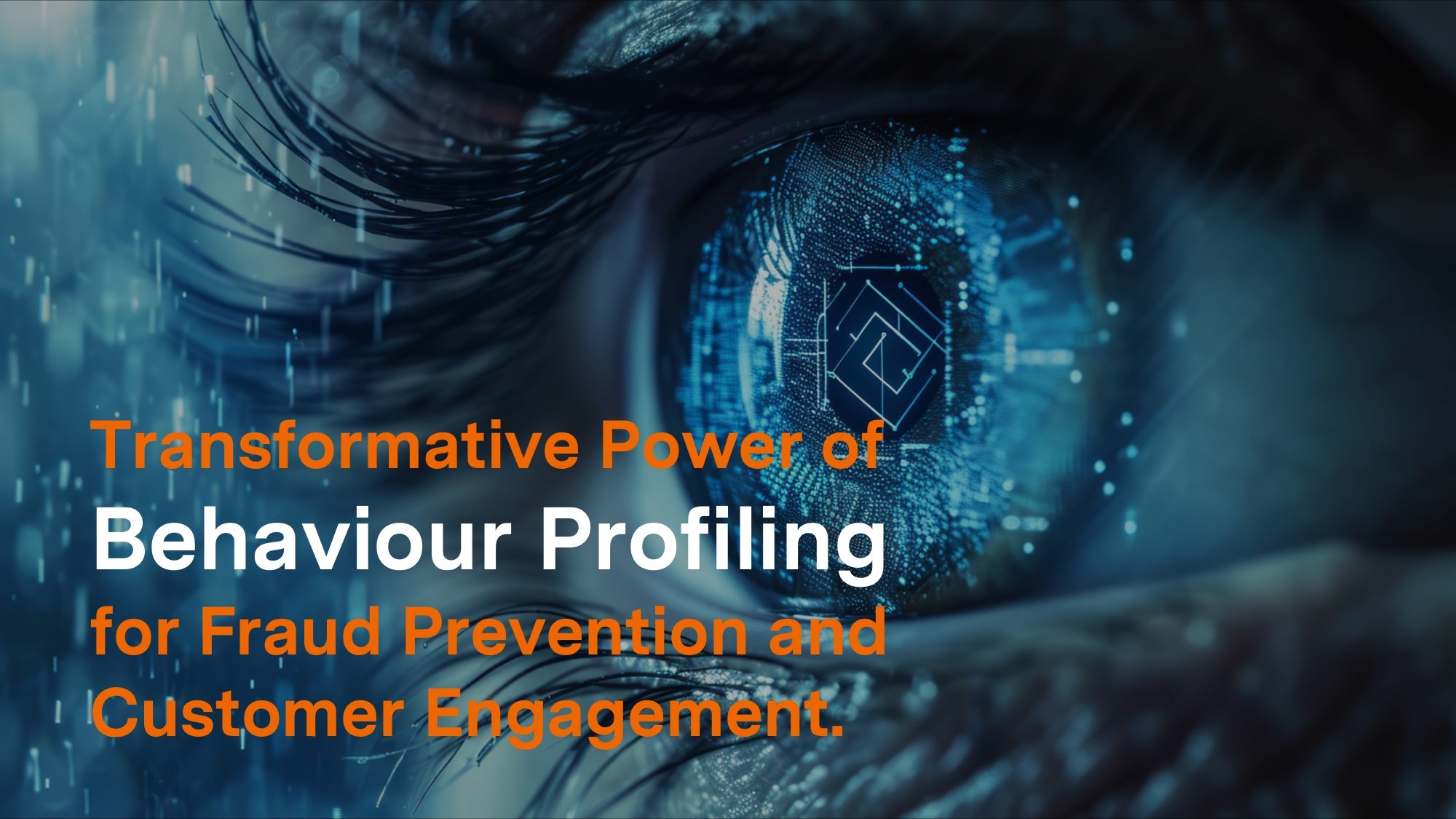
The Transformative Power of Behaviour Profiling for Fraud Prevention and Customer Engagement
Behaviour Profiling transforms fraud prevention in Financial Services. We look at how this advanced approach balances risk, enhances customer engagement, and streamlines operational costs. Proposing the imperative role of behaviour profiling in upholding the integrity of the financial system.
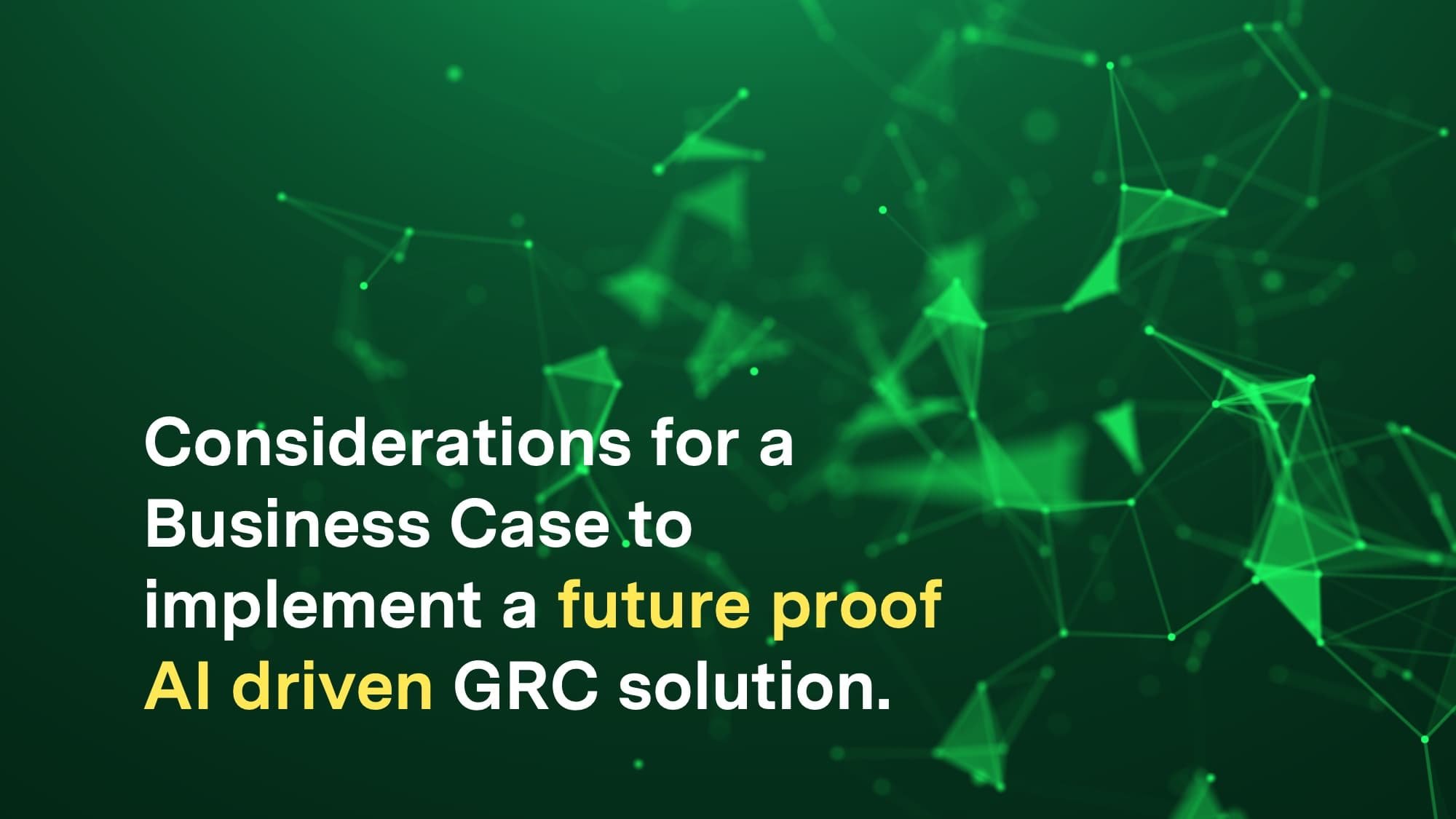
The Business Case for a future-proof AI solution.
Platform based AI solutions offer future proofing for investment in compliance technology. The appeal of a platform based solution is clear, as it negates the requirement to have multiple point solutions for AML, Fraud, Credit Risk, Profiling, KYC and Sales Optimisation. All your solutions are in one place, you can see your overall customer profile and risk score in a single view and action alerts and investigations are all accessed in the same interface.
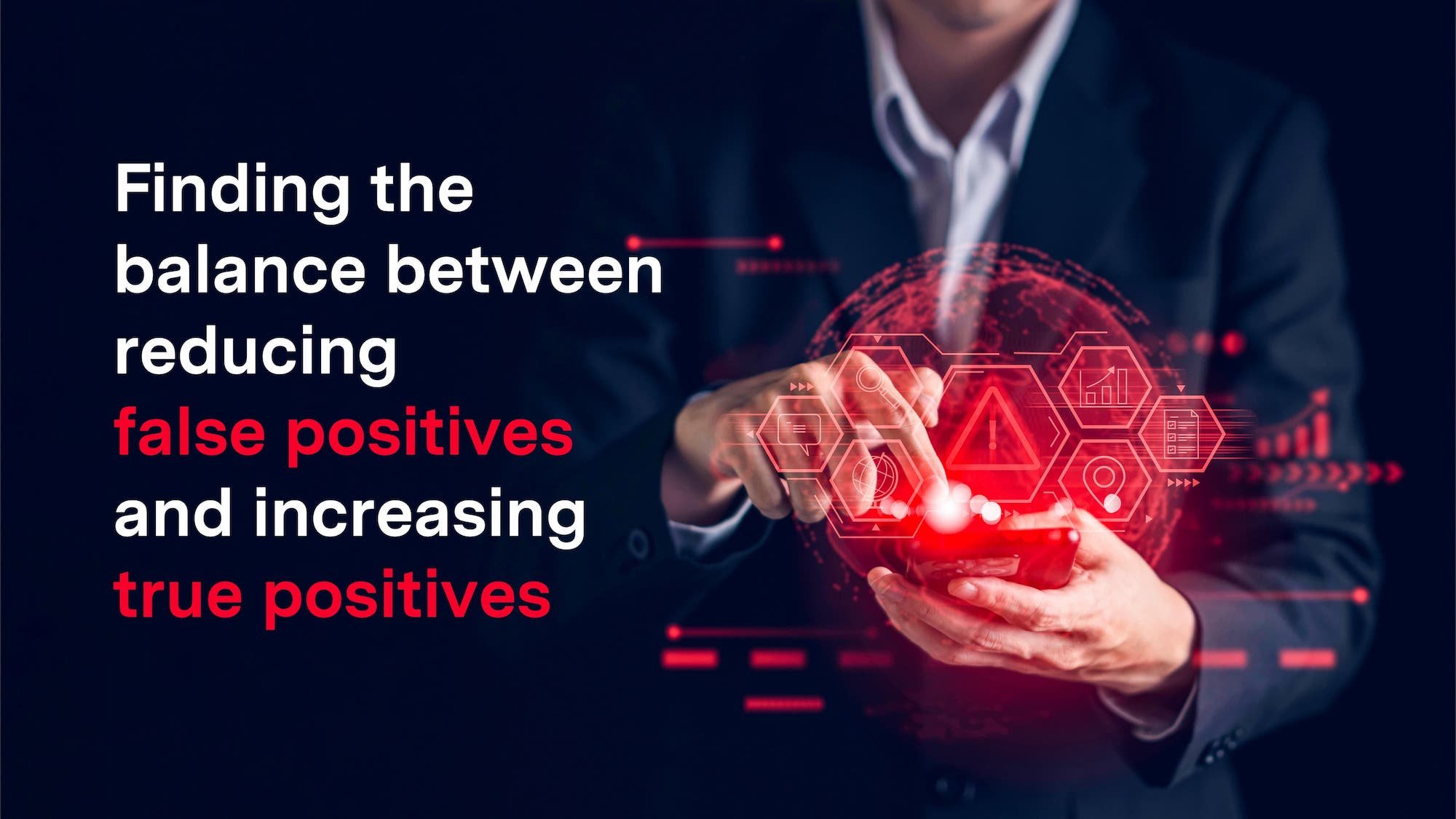
Finding the balance between reducing false positives and increasing true positives
The most important feature of a predictive analytics platform is the generation of high-quality prediction models that have the best ratios of true and false positives. No model is perfect, but many organisations compromise by implementing models that lean towards over-detecting..
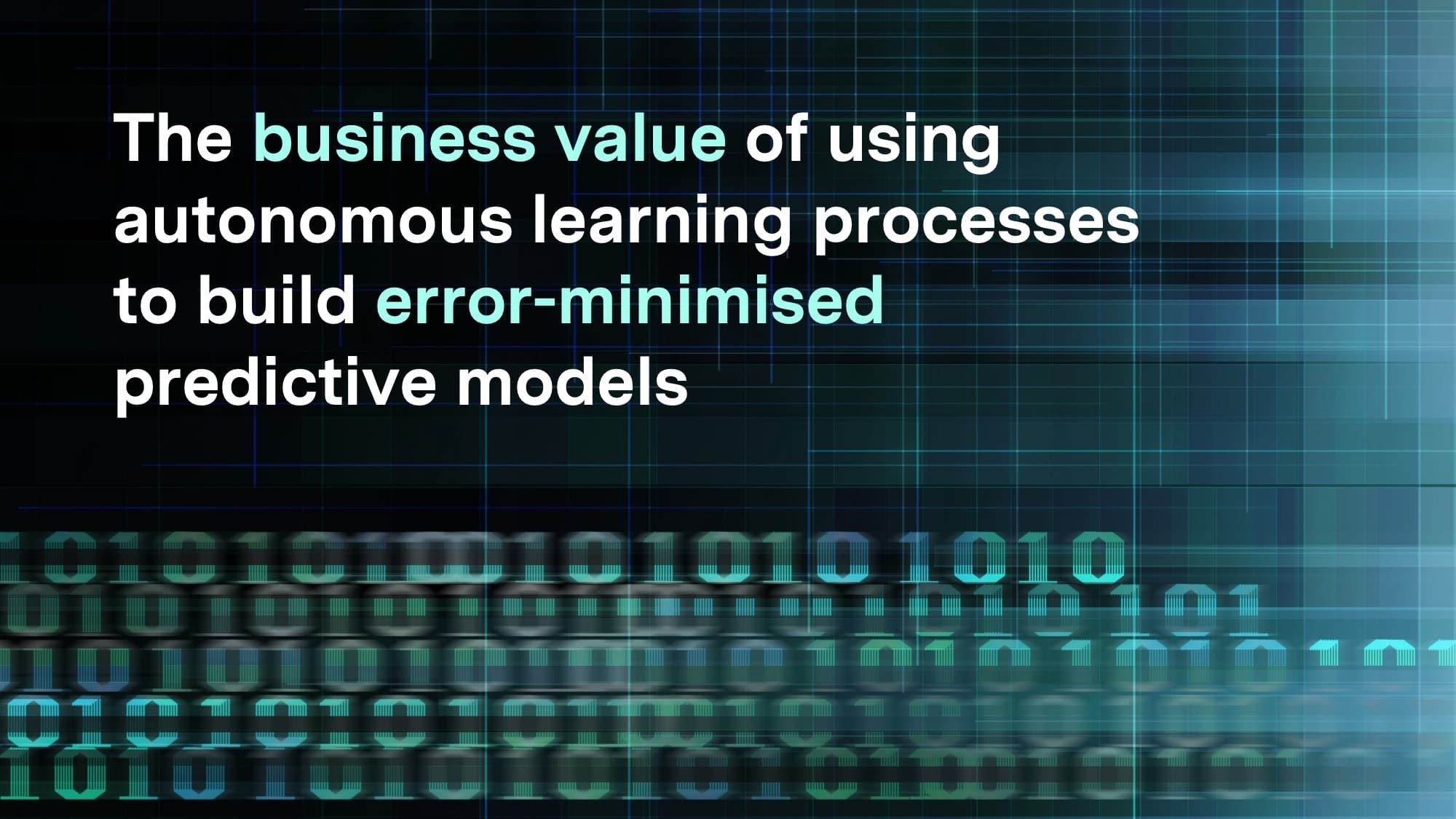
Autonomous Learning and Error-Minimised predictive models
Today, predictive models are widely used in business for a range of applications. The accuracy of these models is crucial to their cost-effectiveness and efficiency in targeting specific business challenges.

Analysing phone conversations and email exchanges with AI and Predictive Analytics
Many organisations continue to engage with customers by phone and email , with customer support centres and account managers dealing with requests from customers. These exchanges can be revealing but in the moment, while dealing with some of these requests in a timely manner, agents might not detect the risk or have the ability to act on the sales opportunities.


